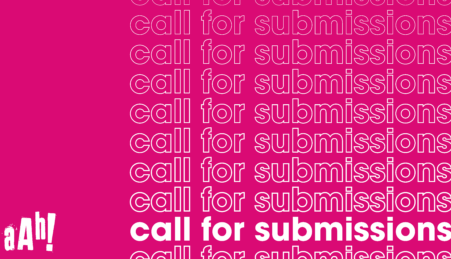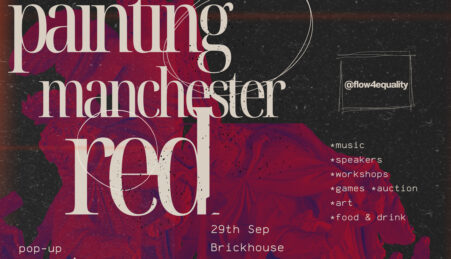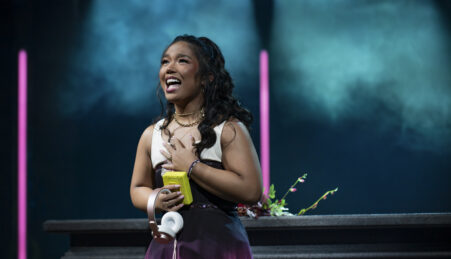By Jamie Stewart
Jeanette Winterson’s Written on the Body, first published in 1993, lays down its themes in the first sentence ‘why is the measure of love loss?’ which manifests as the oft-cited dictum of ‘you only know what you’ve got till it’s gone.’ Winterson’s degree of self-assurance is a continued theme throughout; her lamentations of love and loss are stated so authoritatively, that they leave little room for doubt in the reader’s mind. We follow the genderless or rather gender unstated narrator through a series of unsuccessful relationships and tumultuous trysts.
The narrator’s gender remains undisclosed, inviting the audience to usurp and throw down all previously assumed dichotomies and constraints of gender and sexuality. The string of female suitors combined with Winterson’s own identification as a lesbian leads the reader not to assume that the narrator is also in fact female and identifies as a lesbian, but to ask themselves whether gender constructs are as stable and imperative as previously assumed. Winterson successively transcends the typical gender binary of male and female, and focuses on the body as a site of battle and exploration rather than a means of social construction.
Winterson dissects her texts as if it were a body itself, into The Skin, The Skeleton, The Cells, Tissues, Systems and Cavities of the Body, and even The Special Senses. Winterson is an embalmer, desexualising the body through its hidden tunnels and passages, counting ‘canines, incisors, including the fillings.’ The unhappily married Louise’s body develops into a site of infection and romanticism as it turns against itself. At the beginning of the novel, the narrator informs us that, ‘It hasn’t rained for three months.’ Their life has run dry and it is only through Louise that the prospect of flooding becomes just as wrenching and dark as drought, ‘I miss you Louise. Many waters cannot quench love, neither can floods drown it.’
Throughout the novel, Winterson gestures to death and dying, setting up the inevitable – Louise’s death. ‘Odd to think that the piece of you I know best is already dead… The dead you is constantly being rubbed away by the dead me.’ Winterson laments that cancer, and death fail to discriminate between gender binaries, allowing Winterson to once more refute typical gender conventions.
Winterson’s ambiguous narrator makes way for various readings of love and loss, but most of all, allows the reader to challenge all previously assumed constraints of gender.
Jamie is from Manchester and likes reading, writing, eating and baking. You can find Jamie in a coffee shop or the library.





Leave a reply